If your taste in household pets runs to the small and furry, then a chinchilla might be the perfect choice for you. Though the cute rodent makes a great pet, it can be a bit difficult to care for relative to other household pets of similar size. In fact, chins are best described as a life commitment for any pet parent who wishes to keep one! For this write-up, we are going to focus on how to care for a chinchilla, including tips on feeding, grooming, and hygiene.
What Is a Chinchilla?
Chinchillas are cute furry rodents native to Peru and Chile. They are gentle and adorable, animals that can thrive as household pets. However, they need to be locked up in a cage for them to stay; otherwise, you might just wake up to see that your pet rodent has escaped. Chinchillas need a lot of care and attention to thrive. Though the rodent makes a great pet, it is quite sensitive; thus, it should be properly housed and handled delicately. This keeps your furry friend healthy as well as happy.
How to Take Care of a Chinchilla
Housing
Because of their high activity level, chinchillas are best housed in large cages constructed with metal. The cage should be tall as well as wide, but height is more important as the rodent loves to jump as high as six feet into the air. Avoid glass cages as they tend to limit airflow.
The cage must be equipped with a removable solid base made of plywood or plastic. The bottom should be detached intermittently for thorough cleaning and the bars of the cage need to be close together to prevent the rodent from sticking its head through the openings and consequently escape. Most of what you see on chinchillas are all furs with a small body; thus, any small hole is enough for it to make an escape.
The hosing should come with a nesting cage – this means a place of refuge whenever the rodent is exhausted or frightened. Additionally, the materials used in making the nesting box should be chew-proof and positioned on the ground – the rodent might push it down if placed on a shelf.
And since chins sleep through the day, the position of their cage should be in a quiet spot where they can sleep peacefully without interruption. The cage should be placed in a high up position as chinchilla are averse to being looked down on and easily get scared. What’s more, the psychology of a chinchilla is quite distinct from that of dogs and cats that are predators – this is because chins are prey animals; thus, they entertain that constant fear of being lynched.
Chinchilla Care
Chins should be kept constantly cool as they easily become overheated and the perfect temperature for them is between 60 °F and 70 °F. Their cage should be positioned where there is sufficient airflow and away from the direct rays of the sun to avoid overheating. High humidity is equally not good for chins. If your home is humid, put the rodent’s cage close to a dehumidifier.
Also, be sure to furnish the cage of your chinchilla pet with healthy bedding. The cage floor is best lined with kiln-dried aspen; other paper bedding like Carefresh can also suffice. However, you should note that your chin is likely to ingest paper, which might expand and cause blockage in its digestive tract. Some pet parents prefer fleece fabric for their rodent’s bedding, but this must be removed and cleaned weekly. Cedar shavings are not good beddings for the pet rodent. The reason is that cedar contains very strong phenols that can lead to severe skin, respiratory, liver, and coat problems. Besides, if ingested, cedar shavings are poisonous to chins. What’s more, spoiled bedding should also be changed daily, so as to keep your pet rodent clean and healthy. Immediately you observe that your furry has soiled a corner of the bedding, remove it immediately, and replace it with fresh ones.
Also, on a weekly basis, the cage should be washed out with hot water. Recommendations are that you avoid using chemicals or soap for cleaning the interior of the cage. All you need do is to swish enough water around the plastic pan of the cage, then, proceed to give it a thorough cleaning with hot water and allow it to air dry. This takes care of any lurking bacteria that might endanger the health of your chinchilla. For pet parents that have multiple chins inside one cage, the cage must be cleaned several times a week.
Diet
For the diet of a chinchilla to be balanced, it must consist of the following;
- A limited quantity of veggies, high-quality chin pellets, and fruits.
- Fresh, clean, filtered water (chlorine-free), which must be changed every day.
- Timothy hay needs to be provided at all times.
However, you should avoid feeding your rodent pet with caffeine, chocolate, or alcohol – all these may lead to severe medical issues. Also, to be avoided are treats high in fat and sugar.
Grooming & Hygiene
- Twice every week, you need to expose your chin to dust baths; wait for 15 minutes to half an hour before removing dust.
- Brushing for the fur can be accomplished with the aid of a soft brush.
- Never get a chin wet.
- Talk to a vet if you observe that your pet rodent’s teeth are too long.
- Note that it is not necessary to clean a chin’s teeth, which are always yellow, though they were all born with pure white teeth. The teeth just turn yellow with time.
Chinchilla Facts
- Chinchillas are cute rodents with an average body weight of 400 to 1,000g, and can grow up to one foot in length.
- Their coats come with dense, soft, plush fur, often in grey color. However, we have seen chins in tan, beige, white, or black color.
- Their heads are broad with rounded ears on either side.
- The pet rodents can live up to 20 years when properly cared for.
- They are nocturnal – active at night and resting in the daytime. They have a Crepuscular sleep cycle.
- If properly socialized, a chin can be carried and cuddled.
- Their teeth grow continuously, and they maintain it by chewing on objects.
- Their rib cage is very fragile and should never be squeezed.
- They are non-hypoallergenic animals.
Sources:
- Jesslyn Shields, Rules for Keeping a Pet Chinchilla, HowStuffWorks
- Vanessa Voltolina, 6 Fun Facts About Chinchillas, PetMD
- Dr. Laurie Hess DVM, DABVP, The Top 10 Things to Know About Chinchillas, Vetstreet


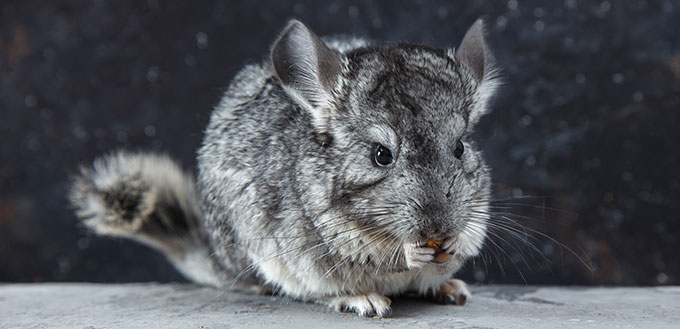
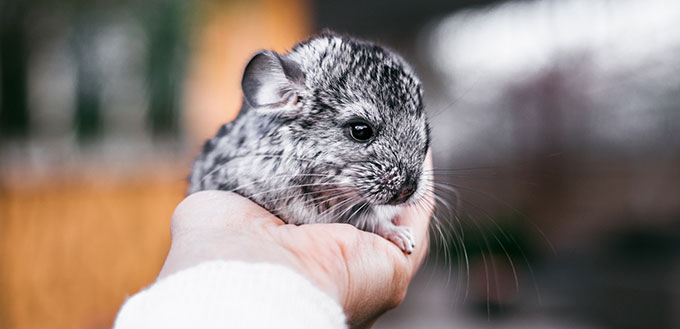
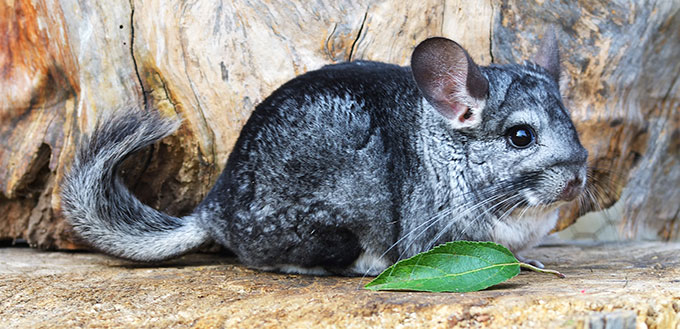

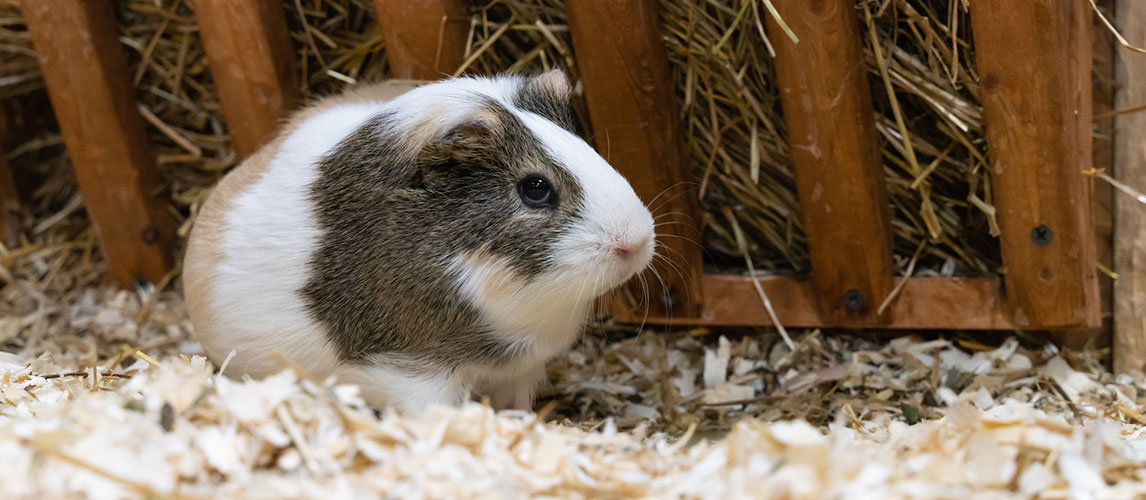
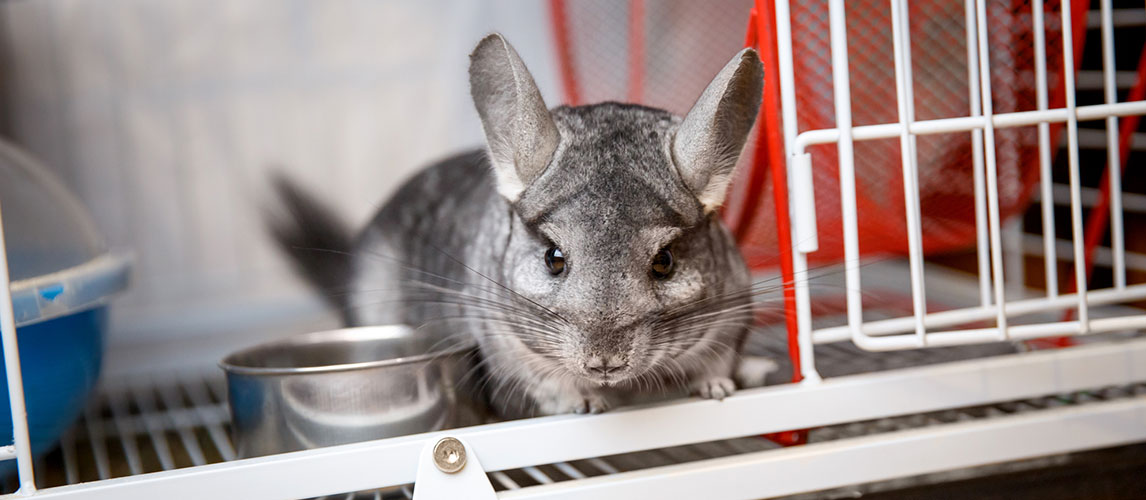
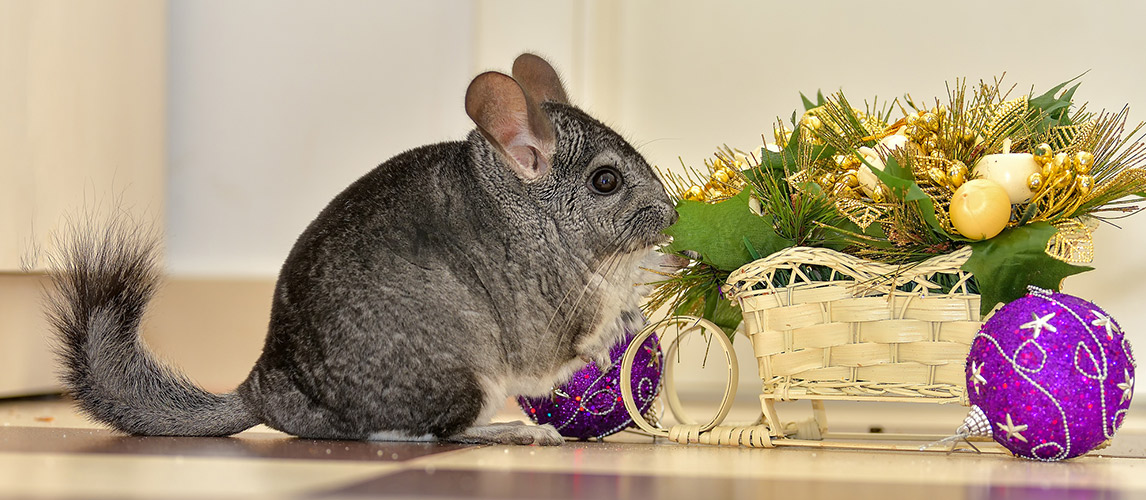
How much should I handle my chin